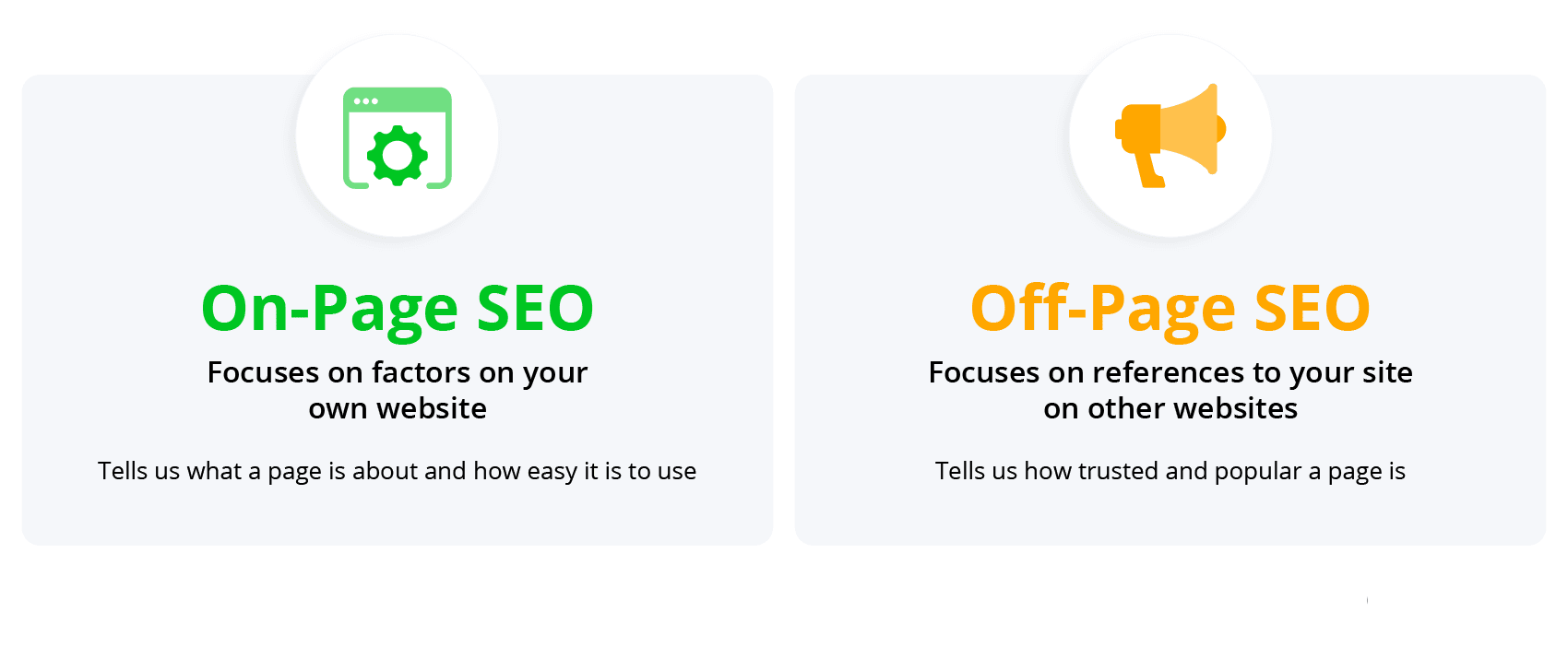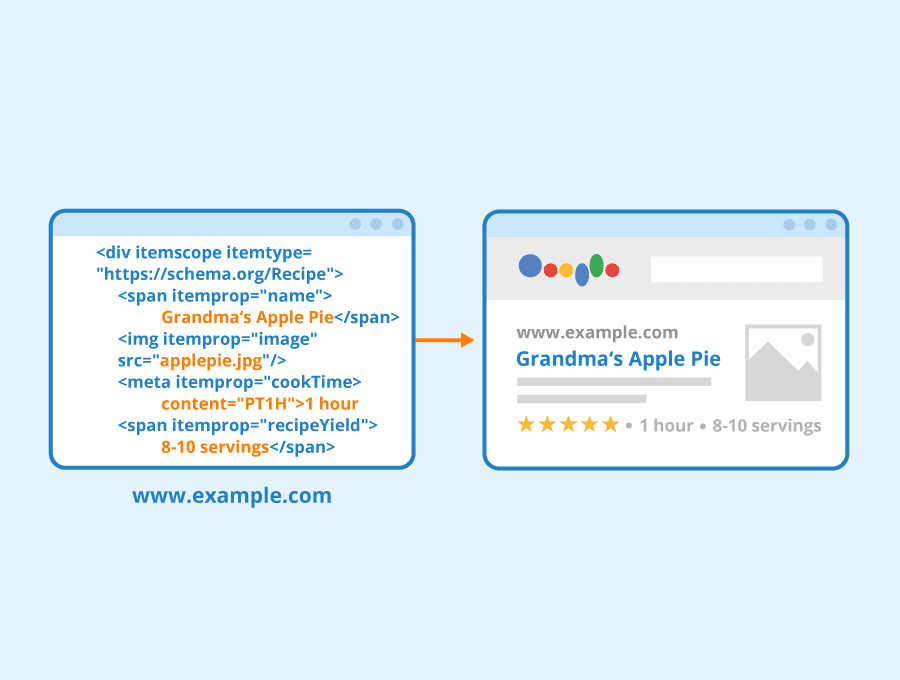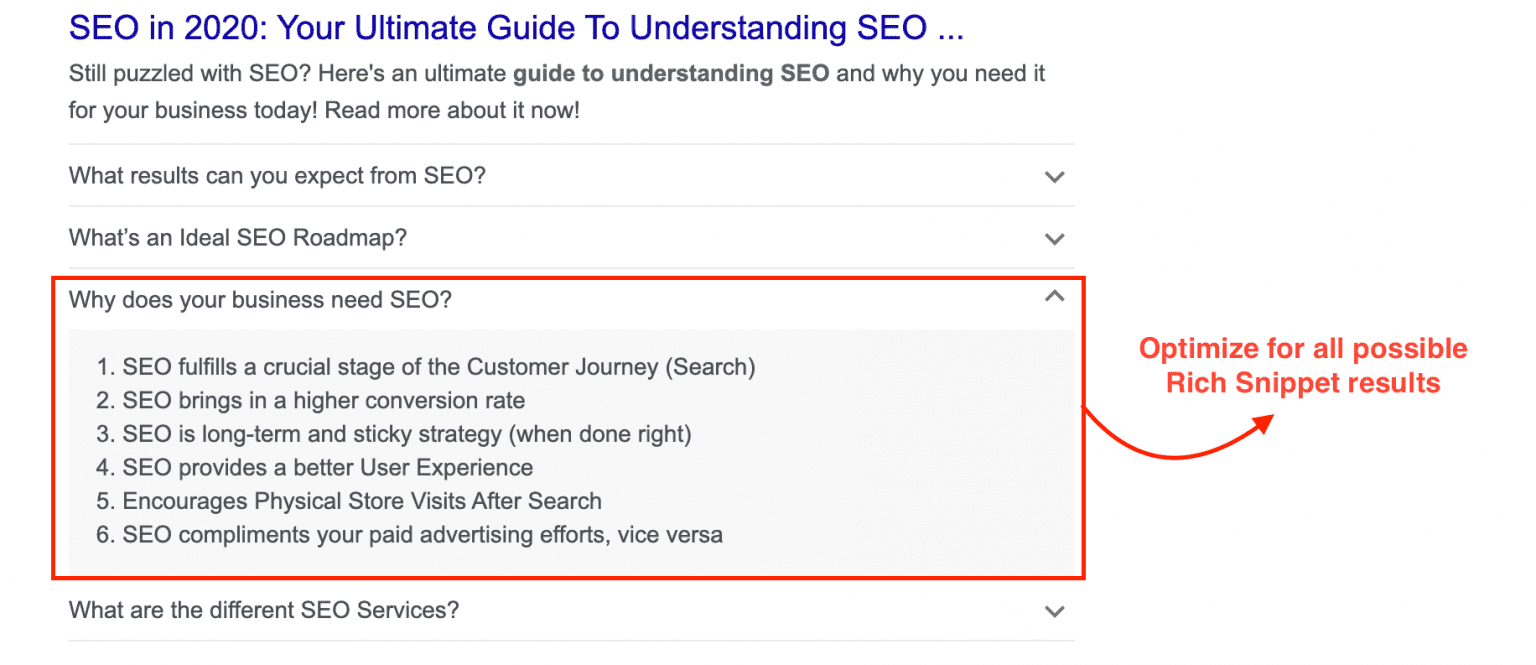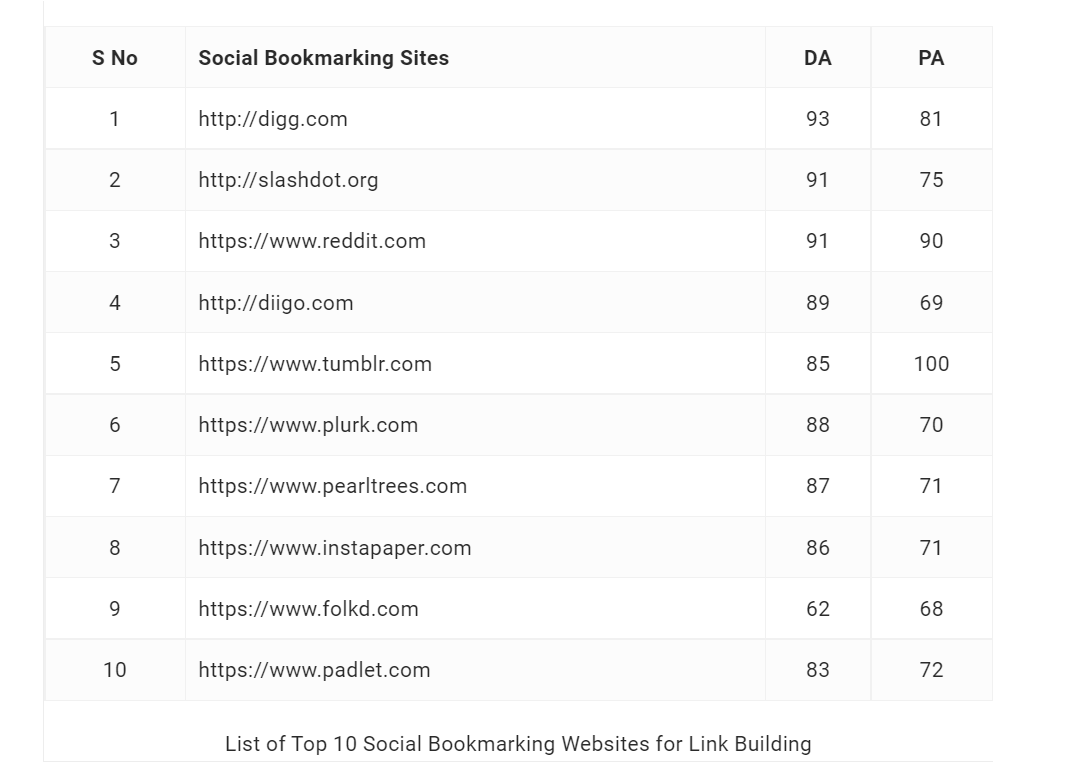Ultimate Guide to Do On-Page and Off-Page Optimization - Know Its Importance And Benefits
Hello friends, In this article today, you will talk about the ultimate guide to Do On-Page and Off-Page Optimization.
Numerous people or new bloggers understand what is On Page SEO and Off Page SEO but do not know the difference between these two.
To know in detail about "On-Page SEO and Off-Page SEO," you must read this article.
{tocify} $title={Table of Contents}
What is the difference between On-Page SEO and Off-Page SEO?
On-Page SEO is the process of optimization (enhancing) a website and individual web pages by which the ranking of the website or individual web pages increases in the search engine result page.
In simple language, the way to optimize (improve) web pages is called On-Page SEO.
Off-Page SEO is an activity done outside the website so your website can rank in a better position on the SERP ( Search Engine Result Page ).
In simple language, External activities outside the website, like making quality backlink, social media marketing, etc., is called off-page or off-site SEO.
| On-Page SEO | Off-Page SEO |
|---|---|
| On-Page SEO includes writing excellent and unique content, good keyword selection, placing keywords in the right places, giving a suitable title for every page, etc. | Off-Page SEO includes link building, increasing the popularity of links, search engines, link exchange, etc. |
| On-Page SEO Analyze the entire website. | In Off-Page SEO, we promote the website. |
| In On-Page SEO, we use Internal Linking. | We use direct linking in Off-Page SEO. |
| On-Page SEO looks at what your website is about. | Off-Page, SEO looks at how popular your website is. |
Why is on-page SEO important for a website?
Most people find things on the internet from search engines like Google, and if your blog is not ranked on Google, then these people will not be able to reach your blog. That's why you must prepare to rank your blog post on Google. It would be best if you learned Search Engine Optimization (SEO) techniques for this. The best thing about on-page SEO is that its complete control is in your hands. If you want traffic from search engines, then on-page SEO will have to be done because this is how the search engine gets to know what your content is about and the way search engines work.Why is Off-page SEO important for a website?
Just imagine what will happen if two websites have written articles on the same topic and both have the same quality.To whom will Google rank first?
Google will need some such factor, with the help of which it can decide which of the two sites will be ranked first. Suppose both websites have optimized using the same on-page SEO strategies, then in such a situation. In that case, Google takes the help of off-page SEO signals. In this situation, out of the two websites, the one whose quality backlinks will be higher (whose off-page SEO will be better) will rank at number one.The Benefits of doing On-Page SEO
- Advanced Crawl Rate
- Blog Post will become SEO Friendly
- Faster Website Speed
- Blog Post will show at the top of Search Engines
- The bounce rate will be less
- Blog traffic will increase
- Search Ranking will Improve
- Ranking Higher In The SERPs
- Improved Local Search
- Increases Conversion Rate And Earning Potential
The Benefits of doing Off-Page SEO
- Domain Authority: This improves your domain authority.
- Search Engine Ranking: It helps to rank your website/blog at a better position in SERP (Search Engine Result Page).
- Social & Referral Traffic: Social media marketing and link building are methods of off-site SEO, and this also gives your site referral traffic from social media and other platforms.
- Online Branding: When your site is visible on search engines, social media, and other internet platforms, it builds your brand.
The Ultimate Checklist for Better Website SEO
What is the Importance of a User-Friendly Website in On-Page SEO?
- They should clearly understand what your webpage is about.
- This page should fulfil their search intent or be relevant to them (their search keywords).
- They should feel that this page is beneficial for them.
What are the Major Factors of On-Page SEO?
- Value - Does your article provide value to the users? Headlines, topics, and images are the main ones in these things.
- User Experience - Does your site load fast? Is it easy to navigate? Can it be opened easily on any device?
- Keywords and Content - Are your keywords and content optimized for search? In other words, do you use keywords and phrases that users are looking for in search engines?
- Bot-friendliness - Is your data organized so that Google's search engine bots can quickly scroll through them and know what topic they are for?
- Metadata - Do your HTML codes contain any information about your page? Such as meta descriptions, URLs, title tags, etc.
- Mobile-friendliness - Is your site properly optimized for mobile viewing? Is your site design responsive?
ON-Page SEO
On-Page SEO Techniques That'll Double Your Search Traffic
- Use brief page titles & Headings Tags.
- Use descriptive and SEO-friendly URLs.
- Have a clear meta description.
- Highlight the value of your page in the metadata.
- Use proper subheadings and Header Tags.
- Be cautious of keyword placements.
- Provide a good user experience (UX).
- Place internal links in your content.
- Provide external or outbound links.
- Ensure all links are working correctly.
- Spread secondary/LSI keywords in your content.
- Do the essential image optimizations.
- Always do video optimization.
- Have a strong call to action.
- Implement proper schema markup.
- Make sure your website is crawlable and indexable.
- Track and target the right keywords.
- Avoid keyword cannibalization.
- Satisfy search intent.
- Optimize for voice searches.
- Use modifiers in your titles and keywords.
- Optimize for featured snippets.
- Write a good introduction.
- Write relevant, quality, long-form content.
- Add social sharing buttons.
- Improve your page loading speed to 3 seconds.
- Mobile-first indexing and responsive design.
1. Use brief page titles & Headings Tags.
2. Use descriptive and SEO-friendly URLs.
3. Have a clear meta description.
A meta description is a short paragraph placed in a webpage's HTML code. This is a type of ad copy that briefly describes the content of your page. The meta description appears under the URL of your page on the search engine results page.
How to Make a Good Meta-description
The length of the meta description should not exceed 160 characters because Google does not read more than this.
Use as many Synonyms (Similar and opposite words) as possible in the description, and try that once your main keyword comes in the description.
Example -
1. Travel to India - We offer the best packages for India Tours and provide excellent services like booking hotels at very affordable prices - Good Description
2. Book packages for India Tour, Indian Tourist Places, India Tours, Tourist Places in India, and Tours to India - Bad Description
But many bloggers go with Black-hat SEO and write an unrelated meta description.
FOR EXAMPLE - I am writing about a topic type of SEO, but in the meta description, I am writing about how to earn money to attract people, so this types of practice are wrong.
So always use the right call-to-action keyword to encourage readers to click, read, or learn more about your content.
4. Highlight the value of your page in the metadata.
5. Use proper subheadings and Header Tags.
6. Be cautious of keyword placements.
7. Provide a good user experience (UX).
- Making your content easy to understand;
- Assuring that all your links are working;
- Enhancing your site's loading speed; and
- Having a responsive design - perfect template or theme.
8. Place internal links in your content.
9. Provide external or outbound links.
- rel=” sponsored”– links that are advertisements or paid placements
- rel=” UGC” – user-generated content (UGC) links, such as comments and forum posts
- rel=”no-follow” – when you don’t want Google to associate your site with or crawl the linked page from your site
10. Ensure all links are working correctly.
11. Spread secondary/LSI keywords in your content.
12. Do the essential image optimizations.
13. Always do video optimization.
- The title of your video should be straightforward and engaging and include your primary keyword.
- Add a complete description of your video describing the tackled topic or what your viewers can expect to see. Do not forget to include your keywords and LSI keywords in the description.
- Choose high-quality and relevant thumbnails.
- Add subtitles to the video, if possible, to be more user-friendly.
- Make sure that your video is relevant to the rest of your content.
14. Have a strong call to action.
15. Implement proper schema markup.
- JSON-LD – nested data items are easier to express because the markup is not interleaved with the user-visible text.
- Microdata – An open-community HTML specification used to nest structured data within HTML content.
- RDFa – An HTML5 extension that supports linked data by introducing HTML tag attributes that correspond to the user-visible content that you want to describe for search engines
16. Make sure your website is crawlable and indexable.
Search engines evaluate and determine billions of content online to know which has the highest probability of answering a human's query. They do this by crawling and indexing.
The search engine crawlers read the website's data and new and updated content on the internet. Search engines send out crawlers or spiders to do this.
These crawlers explore several web pages and follow the links to discover new URLs. Through this, they find new content that they can index.
Of course, you have the option of blocking crawlers from crawling and indexing your page. You may do that by using Robots.txt.
You can also use Google Search Console and Screaming Frog to know if you have pages that have a "no index" tag and have it indexed.
17. Track and target the right keywords.
18. Avoid keyword cannibalization.
19. Satisfy search intent.
- Informational – how-tos, tutorials, and guides.
- Transactional – making a purchase or already decided buyer.
- Comparison – comparing different products and still weighing in options.
- Navigational – finding a particular website or still looking for a specific service.
20. Optimize for voice searches.
- Use structured data: Enable search enhancements and get a visually appealing result on the search engine results page (SERP).
- Use Google my business listing: Share your business information in your website’s footer in simple text format.
- Be mobile-friendly: Most voice searches happen on mobile devices, so it’s best for your website to prioritize mobile usability and friendliness.
21. Use modifiers in your titles and keywords.
22. Optimize for featured snippets.
- Answer each question accurately and concisely.
- Use facts and data when providing an answer to your question.
- Make sure the article answers as many related questions as possible.
- Organize and phrase your questions appropriately.
- Use images, videos, or infographics to strengthen your claim.
23. Write a good introduction.
24. Write relevant, quality, long-form content.
25. Add social sharing buttons.
26. Improve your page loading speed to 3 seconds.
27. Mobile-first indexing and responsive design.
OFF-Page SEO
OFF-Page SEO Techniques That'll Double Your Search Traffic
- Creating Shareable Content
- Influencer Outreach
- Contribute as Guest Author
- Broken Link Building
- Local Citation
- Convert Brand Mention
- Strong Internal Linking
- Social Media Engagement
- Social Bookmarking Sites
- Forum Submission
- Blog Directory Submission
- Article Submission
- Question and Answer
- Video Submission
- Image Submission
- Infographics Submission
- Document Sharing
- Press Release
- Web2.0 Submission
- Use Google My Business
1. Creating Shareable Content
2. Influencer Outreach
3. Contribute as Guest Author
4. Broken Link Building
5. Local Citation
6. Convert Brand Mention
7. Strong Internal Linking
8. Social Media Engagement
9. Social Bookmarking Sites
10. Forum Submission
- Flickr
- AddThis
- bbpress
- CareerBuilder
- chronicle
11. Blog Directory Submission
12. Article Submission
13. Question and Answer
14. Video Submission
15. Image Submission
16. Infographics Submission
17. Document Sharing
18. Press Release
- prnewswire.com
- prlog.org
- openpr.com
- express-press-release.net
- issuewire.com
19. Web2.0 Submission
- Keep sharing the great content
- Update the site regularly
- Build a backlink for a published article
20. Use Google My Business
- Have an accurate description with 250 characters.
- Make sure your primary and city names are available in the first paragraph.
- Regularly update the posts or gallery or products or offers.
- Keep watching your reviews and reply to them instantly.
- Upload real photos under proper categories.

.png)


.png)

.png)





.png)


